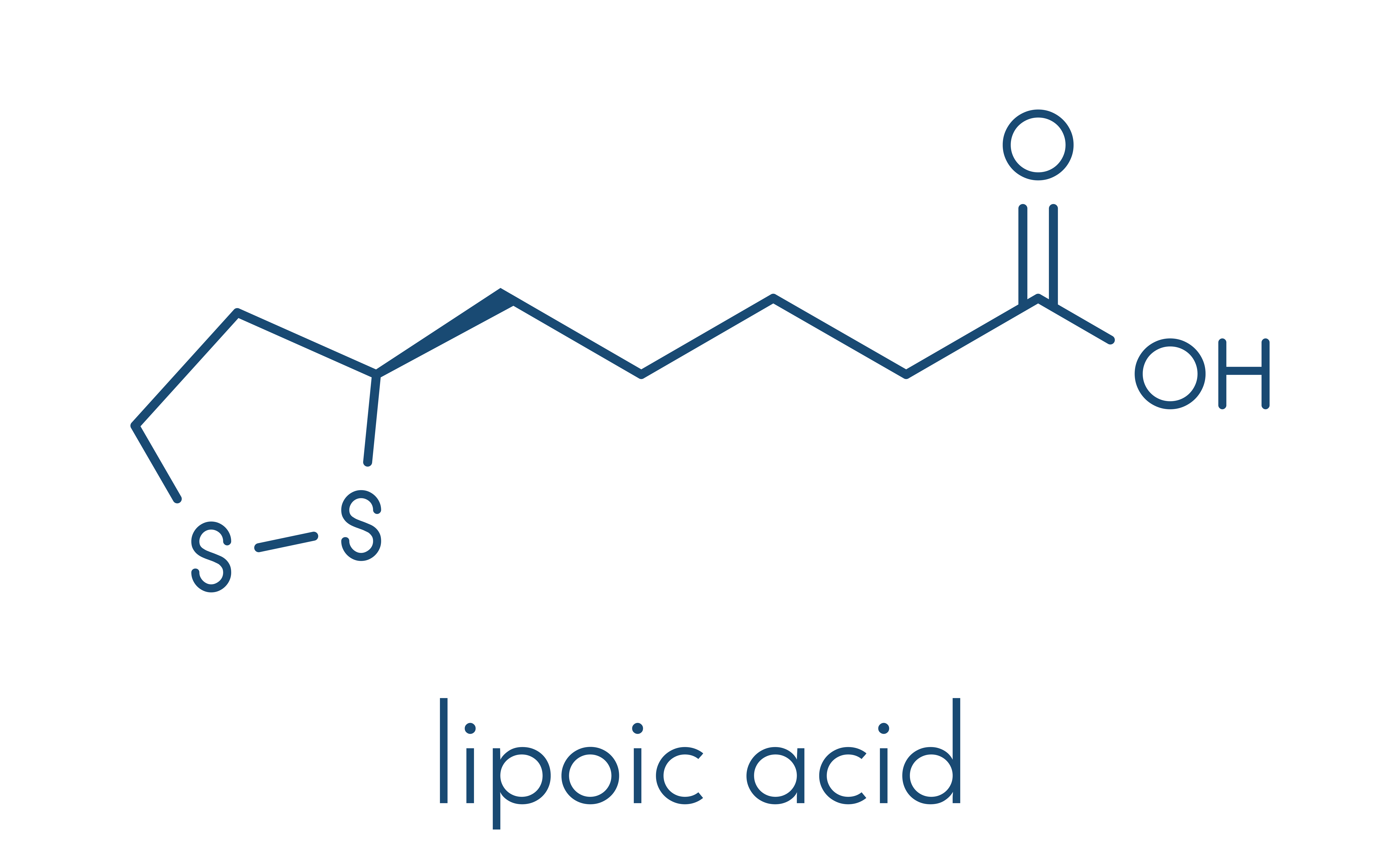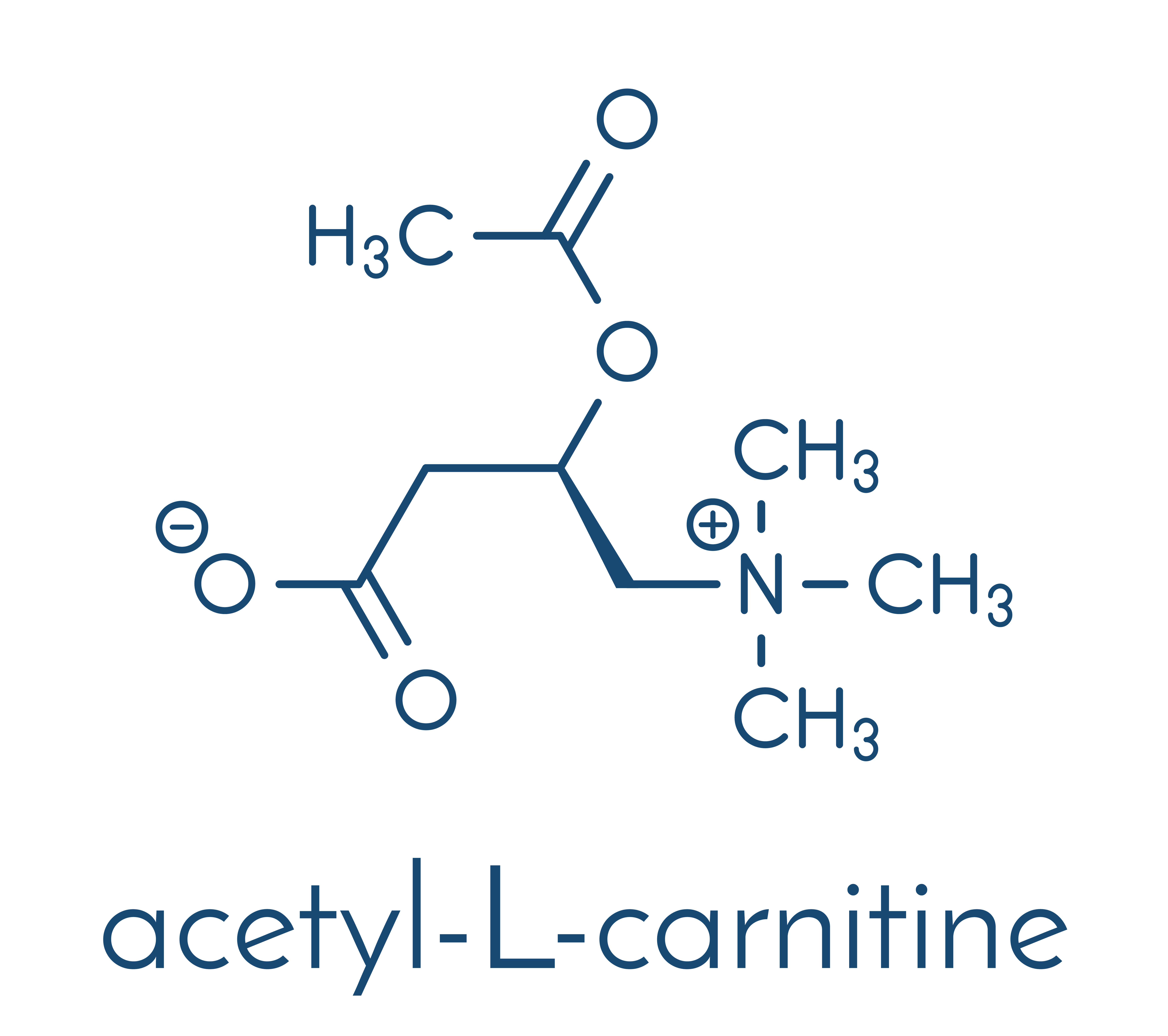When we talk about taking care of health, it is worth reaching for the basics. One of them is the proper functioning of mitochondria and efficient energy management. This depends on the efficiency of the work of our entire body, and the complications with these processes not only leads to noticeable deterioration of the performance of the body and mind, but also increases the risk of developing many chronic diseases. Popular means to support the work of mitochondria and improve energy production are supplementing alpha-lipoic acid and l-carnitine. The latter is particularly popular in the acetylated form, as it more effectively affects the work of the nervous system. Both of those work much better together. What is the phenomenon here?
What are we talking about - ALA and ALCAR and Mitochondria
Mitochondria are cellular organelles that are graphically referred to as small power plants. It is in their interior that energy substrates are burned to provide us with useful energy and warmth.
ALA - Alpha-lipoic acid

Alpha-lipoic acid (ALA) - a saturated fatty acid with high antioxidant potential. Free radicals are neutralized both independently and indirectly (which may be even more significant), thanks to the renewal of activity of other antioxidants, such as vitamins C and E. The whole compound is enhanced by the ability to raise the level of intracellular glutathione [1]. It works on the mitochondrial level, participates in energy transformation. It is sometimes used as part of the treatment of insulin resistance and diabetic neuropathy, as well as as a heavy metal chelator.
ALCAR - Acetyl L-Carnitine

Acetyl L-Carnitine (ALCAR) - L-carnitine molecule coupled with the acetyl group. Carnitine is an amino acid that allows the transport of fatty acids inside the mitochondria. Thanks to this, these can be burned and used for energy purposes. L-carnitine supplements are most often used to accelerate weight loss, in general, they do not work well, but they have an interesting package of other properties. The acetylated form is characterized by more efficient transport to the brain, and the acetyl group itself can be used to synthesize acetylcholine [2].
Combination of ALA and ALCAR
Both supplements are interesting, have a high safety profile and a wide range of applications, but only when combined they reveal the full potential. Let's first analyze the impact of such a set on the functioning of mitochondria. Thus, the carnitine binds to a molecule of long-chain fatty acid and then allows its migration from the cytosol to the interior of the mitochondria. Using enzymes of carnitine acetyltransferases in the mitochondrial membrane, it also participates in the donation of acetyl groups to the reactions occurring in the Krebs cycle. Thanks to this, it contributes to the more intensive production of ATP, and this also involves the production of free radicals. Their excess has a degenerative effect on the mitochondria. The reduced profile of antioxidants, which indicates an increase in oxidative stress, was observed when using higher doses of ALCAR in isolation [3]. We see, therefore, that the use of carnitine has both pros and cons. Here comes ALA, which neutralizes the surplus of free radicals and eliminates the potential negative effects of carnitine. Moreover, alpha-lipoic acid has a property similar to PQQ, and thus activation of PCG-1a, which translates into more intensive mitochondrial biogenesis. It was also noted that the simultaneous use of ALA and ALCAR can increase the efficiency of this process [4].
Both substances effectively cross the blood-brain barrier and are active in the nervous system. For this reason, the combination of ALCAR and ALA is particularly readily used for nootropic purposes. As you can easily guess, supporting energy management in neurons enables more efficient work and communication in the central nervous system.
This applies to chronic diseases, where mitochondrial dysfunctions are recognized as one of the potential causes of development, as well as in cases of chronic fatigue syndrome or subjectively perceived decline in cognitive abilities, often referred to as "brain fog" or "foggy mind" . The reduction of fatigue is possible not only due to the more efficient energy production, but also the ability of the carnitine to reduce ammonia, and its excess is one of the potential causes of reduced energy levels.
Regular use of this stack may slow down the negative aspects of the body's aging. The highlight of the program here is the mitochondrial protection, but there are still a few mechanisms that support the preservation of great health. One can mention here the activation of AMPK and the maintenance of sufficiently low blood glucose levels, which prevents glycation and the formation of its harmful products. It is also possible to improve blood circulation and reduce inflammation. ALA and ALCAR will work great as a delicate anti-aging prophylaxis or as part of a more complex anti-aging treatment.
ALA and ALCAR - dosing
The most commonly used dosage includes 500 mg of acetyl L-carnitine for 200 mg of alpha-lipoic acid, taking such doses twice daily. Of course, the proportion and quantity can be modified accordingly, in the event that the operation of any of the components had a higher priority for us.
It is a good practice to change the racemic form of ALA to the isolated R-ALA isomer, which works more efficiently and usually reduces the dose by half.
To sum up, combining ALCAR and ALA, we not only suffer potentially negative effects, but also gain greater intensity of processes on which we care. This combination gives a much wider and more complete spectrum of activities and allows the use of much smaller doses of individual substances without losing their efficiency.
Are you interested in the subject of synergistic supplements? Check out other articles!
part. 1 - Forskolin and PDE-4 inhibitors
part. 2 - Alpha GPC and Huperzine A
part. 3 - Caffeine and Theanine
part. 4 - Yohimbine and Icariin
[1] https://www.ncbi.nlm.nih.gov/pmc/articles/PMC2756298/
[2] https://www.ncbi.nlm.nih.gov/pubmed/6790669
[3] https://www.ncbi.nlm.nih.gov/pmc/articles/PMC122286/
[4] https://link.springer.com/article/10.1007%2Fs00125-007-0852-4






